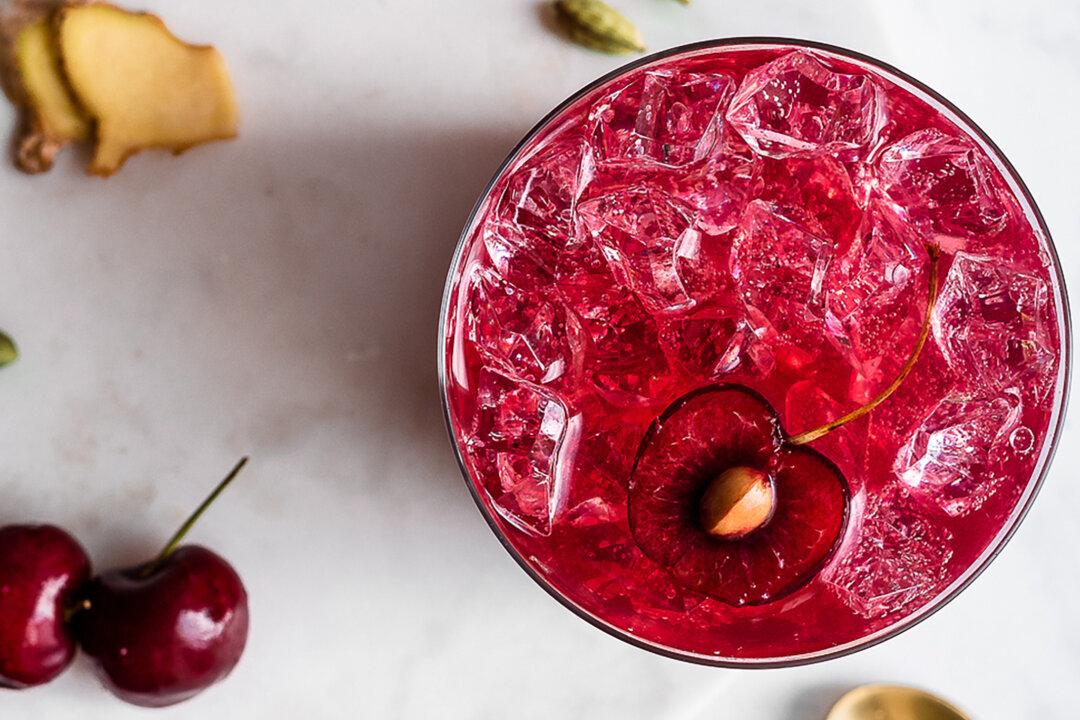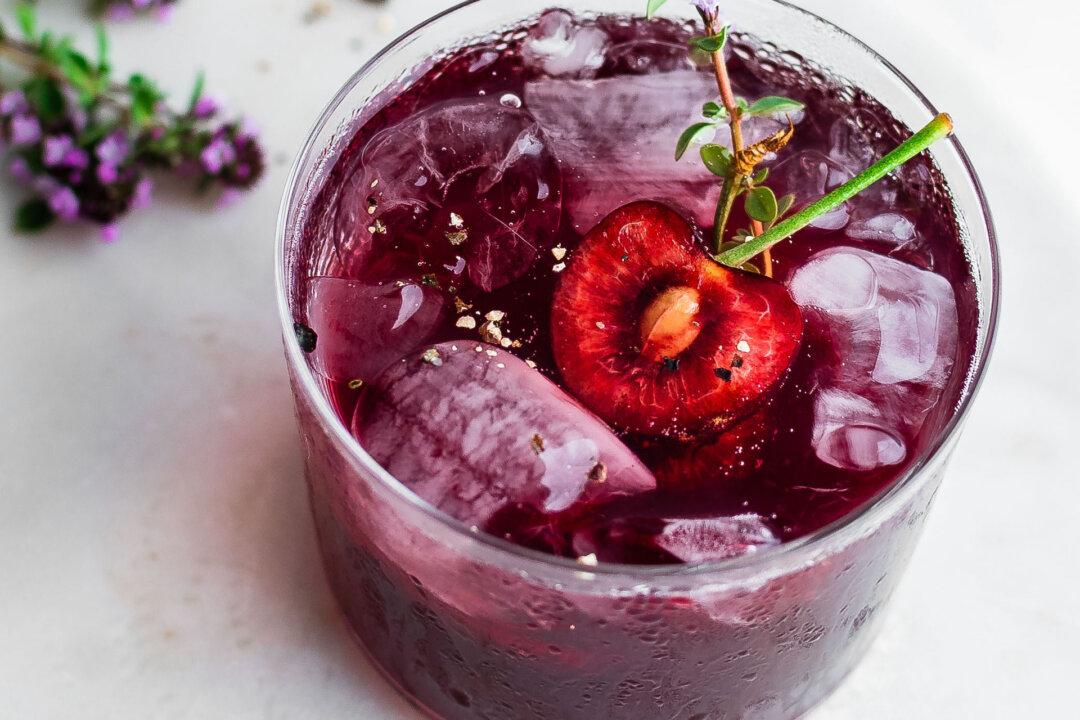Beloved by health-conscious hipsters and yoga moms, kombucha skyrocketed from relative obscurity to a health food staple in the early 2000s. Now, in 2022, it’s become so popular that you can buy it by the case at Costco, and you might even be able to find it at your local gas station.
If you’re unfamiliar, kombucha is a fermented tea that tastes like a cross between soda and apple cider vinegar. It’s a little sweet, decidedly sour, with a striking bubbliness, and it’s one of those foods you either love or hate with very little room for the in-between.





